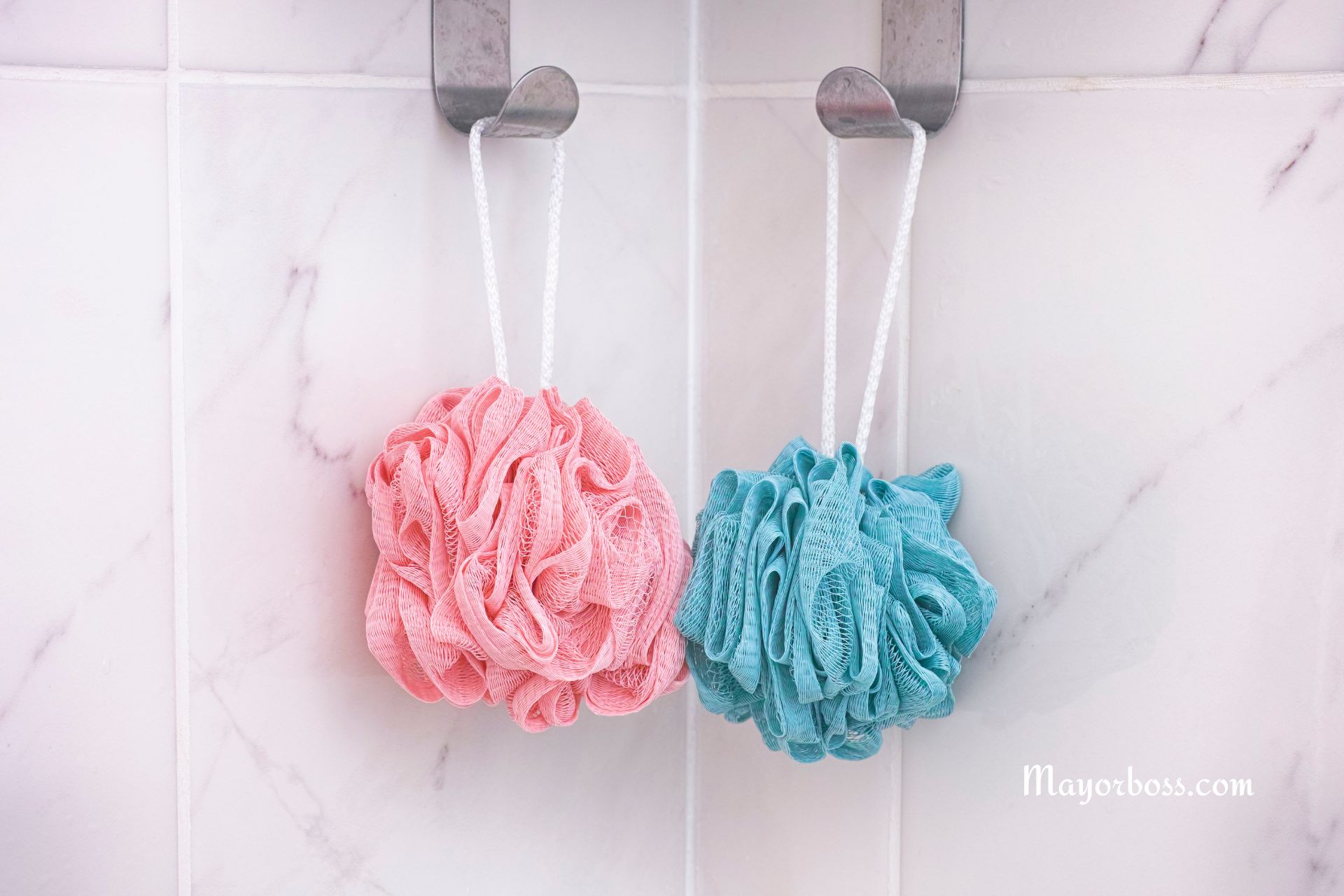How Often Should You Replace Your Loofah?

Imagine stepping into your shower after a long day, ready to scrub away the stress and dirt, your trusty loofah in hand. This simple tool, often overlooked, plays a vital role in our daily hygiene routine. But have you ever stopped to wonder how often you should replace your loofah? Let’s dive into this, guiding you through with imagery and advice as comforting and refreshing as a warm shower itself.
The Life of a Loofah
Your loofah does more than just lather up your favorite soap. In fact, it exfoliates, removes dead skin cells, and invigorates your skin, leaving it smooth and refreshed. However, amidst the bubbles and aromatic scents, a less pleasant reality lurks. Over time, loofahs can become breeding grounds for bacteria, mold, and yeast, especially if they don’t dry properly between uses. This hidden ecosystem, invisible to the naked eye, can potentially cause skin irritations or infections.
Therefore, it’s crucial to know when it’s time to say goodbye to your old loofah and welcome a new one into your cleansing routine.
A Timeline for Change
Experts recommend replacing your loofah every three to four weeks. Why so often, you might ask? Think of your loofah as a sponge for moisture and warmth, two things bacteria absolutely love. Each use, despite rinsing it out, leaves behind dead skin cells that bacteria feed on. Moreover, the warm, steamy environment of most bathrooms provides the perfect breeding ground for these microorganisms to thrive.
If you use a natural loofah made from the dried fibrous part of the loofah plant, this timeline is especially pertinent. Natural loofahs are more porous than their synthetic counterparts, making them more susceptible to harboring bacteria.
Keeping It Clean
While regular replacement is key, maintaining the cleanliness of your loofah between replacements is just as important. Here are a few tips to ensure your loofah stays as clean as possible:
- Rinse Thoroughly: After each use, make sure to thoroughly rinse out any soap or residue.
- Dry Completely: Shake out any excess water and store your loofah in a dry place outside of the shower. If possible, hang it in an area with good airflow to dry completely between uses.
- Bleach Bath: Consider giving your loofah a bleach bath weekly. Soaking it in a solution of bleach and water (1:9 ratio) for a few minutes can kill bacteria and extend its lifespan.
- Microwave Magic: For non-plastic loofahs, microwaving them while damp for about 60 seconds can also help kill bacteria. Just make sure it’s completely wet to avoid any fire hazards.
When It’s Time to Part Ways
Knowing when it’s time to replace your loofah isn’t just about marking your calendar. Pay attention to the signs of wear and tear. If your loofah starts to smell musty, lose its shape, or discolor, these are clear indicators that it’s time for a new one. Trust your senses; they are your best guide in ensuring your loofah is serving its purpose without compromising your health.
The Bottom Line
Replacing your loofah regularly is a simple yet effective way to maintain your skin’s health and hygiene. It ensures that your daily cleansing ritual is both refreshing and safe, protecting your skin from unwanted bacteria.
Frequently Asked Questions
1. Can I just clean my loofah instead of replacing it? Yes, regular cleaning can extend its life, but it doesn’t replace the need for regular replacement every three to four weeks.
2. Are there alternatives to traditional loofahs that don’t require frequent replacement? Synthetic loofahs, washcloths, or sponges are alternatives, but they also require proper care and regular replacement to prevent bacterial growth.
3. How do I dispose of my old loofah? Natural loofahs are compostable, while synthetic ones should be disposed of with regular waste. Consider recycling if your local facility accepts the type of plastic.






